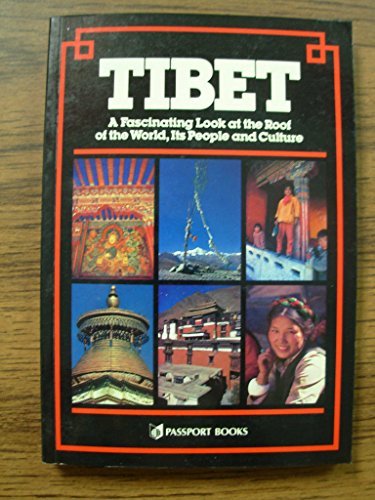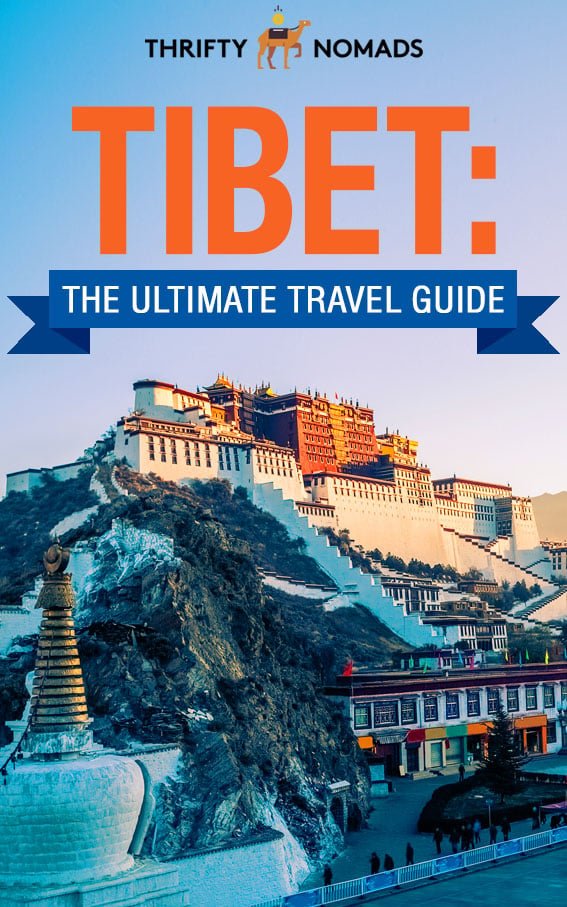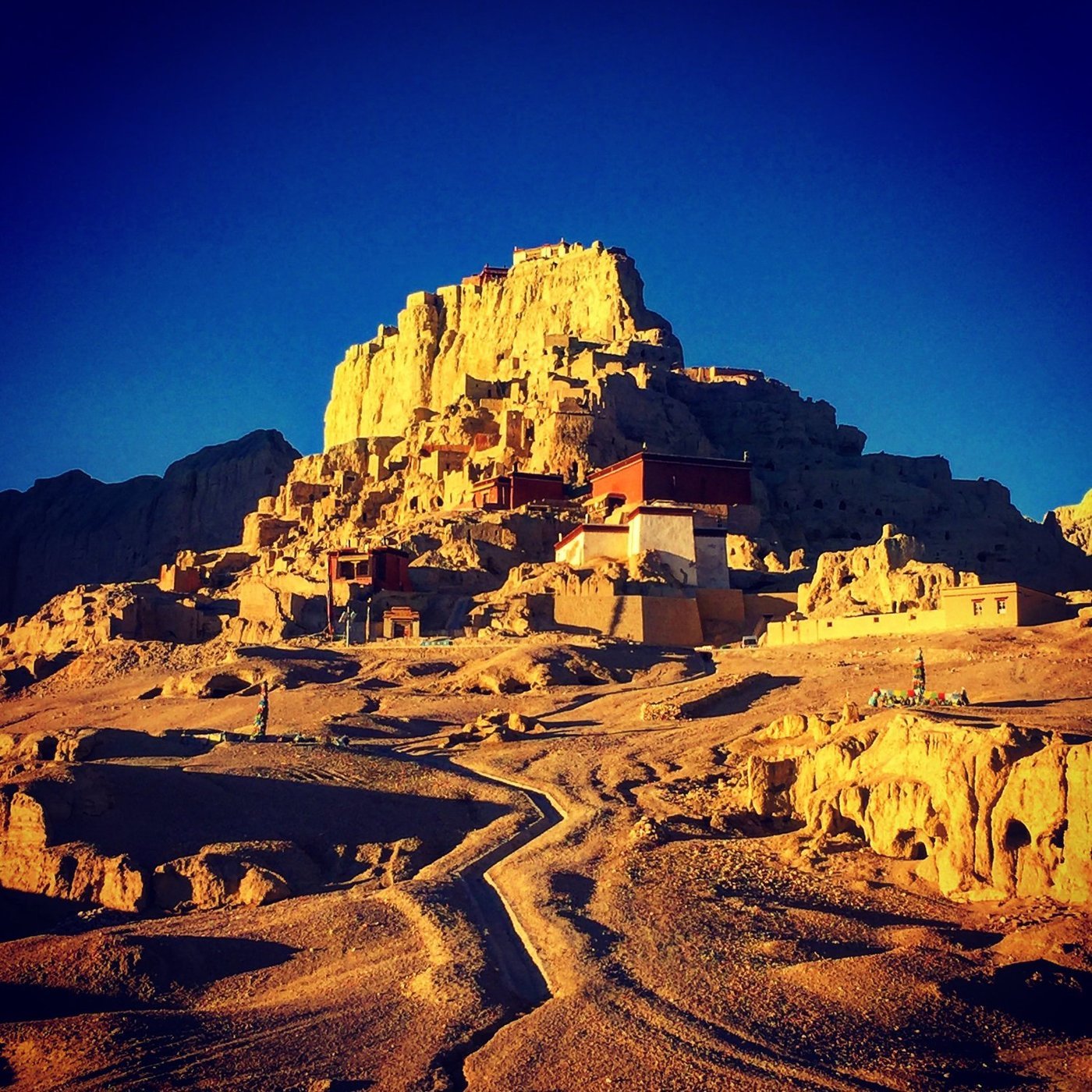Explore Tibet: A Comprehensive Guide

Tibet, a breathtaking region nestled high in the Himalayas, has captivated travelers for centuries with its stunning natural beauty, ancient history, and enigmatic culture. This comprehensive guide will provide you with all the essential information you need to plan an unforgettable journey to this extraordinary destination.

Getting There

Tibet can be reached by air via Lhasa Gonggar Airport (LXA), with connecting flights from major cities in Asia and Europe. You can also enter overland from neighboring regions such as Nepal, Bhutan, and China.
Visa Requirements
Most nationalities require a Chinese visa to enter Tibet. It’s recommended to apply for a Tibet Group Visa through a reputable travel agency, which includes the necessary permits and group travel arrangements.
Best Time to Visit
The ideal time to visit Tibet is during the shoulder seasons (March-April and September-October), when the weather is milder and the tourist crowds are smaller. Summer (June-August) brings heavier rainfall, while winter (November-February) can be extremely cold and challenging to travel in.
Itinerary Highlights
Lhasa: Start your journey in the capital city, Lhasa, where you can visit iconic landmarks like the Potala Palace, Jokhang Temple, and Sera Monastery.
Shigatse: Travel to the second-largest city in Tibet, Shigatse, and explore the magnificent Tashilhunpo Monastery, the seat of the Panchen Lama.
Everest Base Camp: For an awe-inspiring experience, embark on a journey to the Everest Base Camp (EBC) at the foot of the world’s highest mountain, Mount Everest.
Lake Yamdrok: Take in the beauty of Lake Yamdrok, a turquoise-colored lake surrounded by snow-capped mountains, considered one of Tibet’s Three Holy Lakes.
Accommodation
Tibet offers a range of accommodation options, from budget guesthouses to luxury lodges. It’s advisable to book your accommodations in advance, especially during peak season.
Cuisine
Tibetan cuisine is unique and hearty, influenced by its high-altitude environment. Try local specialties like yak butter tea, tsampa (roasted barley flour), and momos (steamed dumplings).
Culture and Customs
Tibet is a melting pot of diverse cultures, with strong influences from Buddhism, Chinese tradition, and its own indigenous heritage. Respect local customs by dressing modestly, avoiding loud noises, and tipping sparingly.
Safety and Health
Tibet is generally a safe region for travelers, but it’s always recommended to take precautions like avoiding solo nighttime travel and staying vigilant in crowded areas. High altitudes can cause altitude sickness, so acclimatize gradually and consult a doctor if necessary.
By following these tips and immersing yourself in the enchanting landscapes, ancient traditions, and vibrant culture of Tibet, you’ll create an unforgettable and life-changing journey.